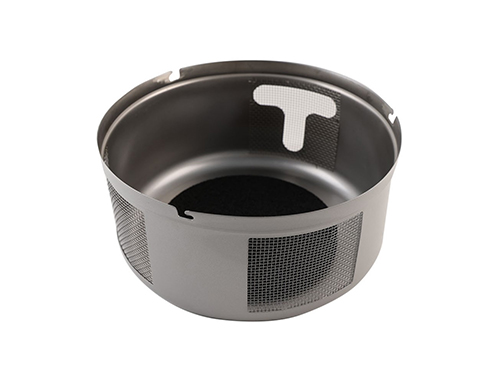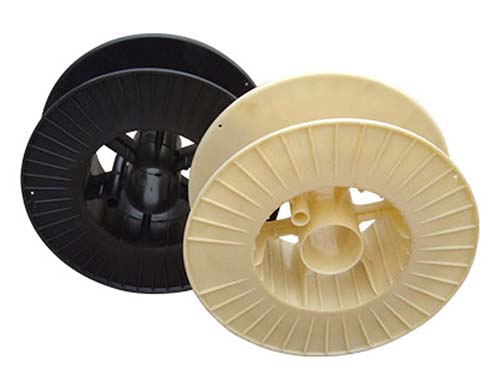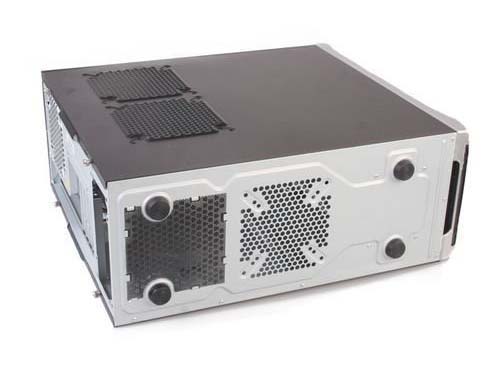TOM汤姆
The distribution point of innovative thinking
0317-2044418
Contact us
Introduction to the characteristics of sheet metal parts
Outline:
The processability of sheet metal parts (sheet metal models) refers to the difficulty level of parts in punching, bending, and stretching processing.
The processability of sheet metal parts (sheet metal models) refers to the difficulty level of parts in punching, bending, and stretching processing. A good process should have low material consumption, fewer processes, simple mold structure, and stable product quality. In general, the material performance, geometric shape, size, and accuracy requirements of the parts have a significant impact on the processability of sheet metal parts.
The characteristics of sheet metal parts can generally be divided into three categories:
1. Flat panel refers to general jade mesh flat punching parts.
2. Curved parts composed of bending or simply forming.
3. Forming parts are regular or free form surface parts processed by stretching and other forming methods.
These parts are all processed by stamping and deformation methods from flat blanks, and there are significant differences between them and parts processed by general machining methods. In stamping processing, bending deformation is the main processing method that causes complex spatial positional relationships in sheet metal parts. Other processing methods generally only produce protrusions or indentations, as well as shapes such as notches, holes, and edges on the flat plate. This feature needs to be noted when establishing a sheet metal part modeling system.
The shape requirements of sheet metal parts in the mold design process are the main basis for mold design, which determines the overall structure and shape of the mold. The dimensional tolerance of sheet metal parts affects the dimensions and tolerances of the shape of the working parts of the mold, such as convex and concave molds. In addition, the materials, geometric tolerances, and technical requirements of sheet metal parts have a significant impact on the working components of the mold. Therefore, in addition to containing shape information, the sheet metal part model also needs to include information such as dimensional tolerances, accuracy, materials, and technical requirements of the parts, in order to maintain the accuracy of the mold design results. The sheet metal part model is the carrier of various information required for subsequent mold design applications, which requires the part model to reflect the characteristics of the sheet metal parts, specifically to reflect the engineering semantics of the sheet metal parts, so that mold design applications can understand and easily extract the required information.
Sheet metal parts generally have complex spatial positional relationships, and only by constructing them based on the shape characteristics of sheet metal parts can user operations be simplified.
Design knowledge of sheet metal structure: (small bending radius of sheet metal) When bending a sheet metal, if the rounded corners at the curved mesh are too small, cracks are prone to occur on the outer surface. If the curved corner is too large, the accuracy of the bent part is not easy due to the influence of rebound.
next:none




